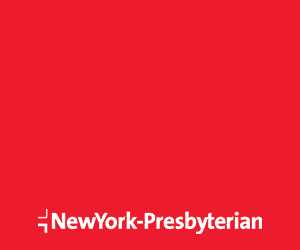In a nutshell
This study compared the effectiveness of treatment with all-trans retinoic acid (ATRA; Retin-a) and arsenic trioxide (ATO; Trisenox) to ATRA-ATO with chemotherapy (CHT) in patients with newly diagnosed acute promyelocytic leukemia (APL). The data showed that treatment with ATRA-ATO was equally effective as ATRA-ATO plus CHT in these patients.
Some background
APL is a rare type of acute myeloid leukemia (AML), a blood cancer that develops quickly. APL occurs due to abnormal genes (a mutation). Genes are arranged into chromosomes (DNA found in the nucleus of cells). APL is associated with a mutation in chromosomes 15 and 17. For over 10 years, APL standard of care consisted of ATRA combined with anthracycline-based CHT. This usually results in successful effective complete remission (no signs of cancer). However, anthracycline-based CHT causes serious side effects.
As a result, ATO is being considered a safe and effective alternative combination with ATRA. ATRA-ATO has been shown to produce better outcomes in patients with non-high-risk APL compared to ATRA-CHT. However, it is unclear whether ATRA-ATO is equally effective in the treatment of all newly diagnosed APL, particularly for high-risk patients, compared to ATRA-ATO and CHT.
Methods & findings
This study included 128 patients with newly diagnosed APL. 62 patients received ATRA-ATO (non-CHT group). 66 patients were given ATRA-ATO with CHT (CHT group). 21 patients from the non-CHT group were high-risk and 41 patients were non-high-risk. 19 patients from the CHT group were high-risk and 47 patients were non-high-risk. Patients were followed up for an average of 45.22 months.
There was a 97% complete remission rate in both the non-CHT and CHT groups. In high-risk patients, 90% of the non-CHT group and 89% of the HCT group achieved a complete response rate. 100% of the non-high-risk patients in both groups achieved complete remission.
98% of patients in the non-CHT group and 97% in the CHT group were alive without signs of disease after 2 years. In high-risk patients, 94% in the non-CHT group and 87% in the CHT group were alive without disease after 2 years. In the non-high-risk group, 100% of patients in both groups were alive without disease after 2 years.
After 2 years, 95% of patients in the non-CHT group and 94% in the CHT group were alive.
16% of patients in the non-CHT group and 17% in the CHT group developed a mild form of differentiation syndrome (DS). DS is a side effect of ATRA-ATO that can cause fever, lung inflammation, and kidney damage. No patient in either group developed severe DS.
Severe heart side effects were reported in 2% of patients in the non-CHT group and 12% of the CHT group.
The bottom line
The study suggested that ATRA-ATO alone had similar effectiveness and fewer side effects compared to ATRA-ATO and CHT in patients with all-risk APL.
The fine print
The study had a small number of patients with high-risk APL. Further studies are needed for confirmation of results.
Published By :
Blood cancer journal
Date :
Nov 21, 2022








